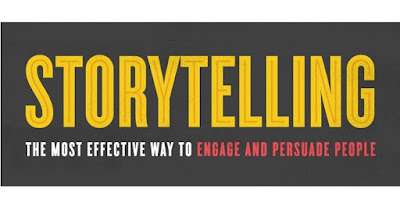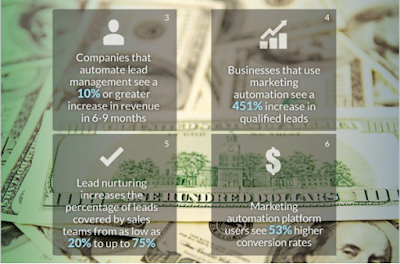Let’s get a bit academic. According to Karl Albrecht, a
leading thinker in the services marketing area, customer value is best thought
of as a hierarchy. This hierarchy is going to determine the perceived value of
a certain product or service in terms of what the consumer expects and does not
expect from the purchase experience. I will use a hotel as
an example to explain each level of customer value.
1.
Basic customer value
It encompass all the requirements of doing business. In other
words, it is the fundamental component of your value proposition to be in
business. At the basic level, a company provides essential core attributes that
customers need. If this basic level is not provided, customers will not buy the
product. However delivering it will not generate competitiveness in the market.
In our hotel example,
a clean bed is part of the basic value that the company can offer.
2.
Expected customer value
At this level the company provides attributes that customers
take for granted. A company providing attributes at the expected level is only providing
an average standard service; there is nothing better about the service offer
compared to the competition. Customers may only be moderately satisfied, and
there is no incentive to return or recommend this company.
Expected attributes of
a mid-scale hotel might be an efficient check-in or availability of a
bar/restaurant.
3.
Desired customer value
Involves what the customer
would like to have from the purchase and service experience. According to Destination
Marketing's website, desired value presents the first opportunity for a small
business to move ahead of competitors by giving the customer desirable add-on
features to the purchase and service experience. Companies providing the
desirable offer are competing more effectively than most of their competitors.
The friendliness of the staff, the quality of
the food and the efficiency of the service are examples of attributes that
customers know, but do not always expect.
4.
Unanticipated customer value
At the unanticipated level companies offer customers
‘delightful and surprising’ attributes that demonstrate outstanding service
quality. These features can help a small business win consumer loyalty over the
competition and generate repeat sales over time. Companies operating at the
unanticipated level can be said to delight their customers with memorable experiences,
and are achieving a significant advantage over their competitors. The
difficulty with providing unanticipated levels of service all the time is that customers
begin to expect these delightful surprises, and competitors copy them.
Examples might include
imaginative decor and fittings, staff who perform exceptional service, or
cuisine with unforgettable taste sensations.
Albrecht, K., 1994. Customer value, Executive Excellence. Sept.
pp. 14-15.








